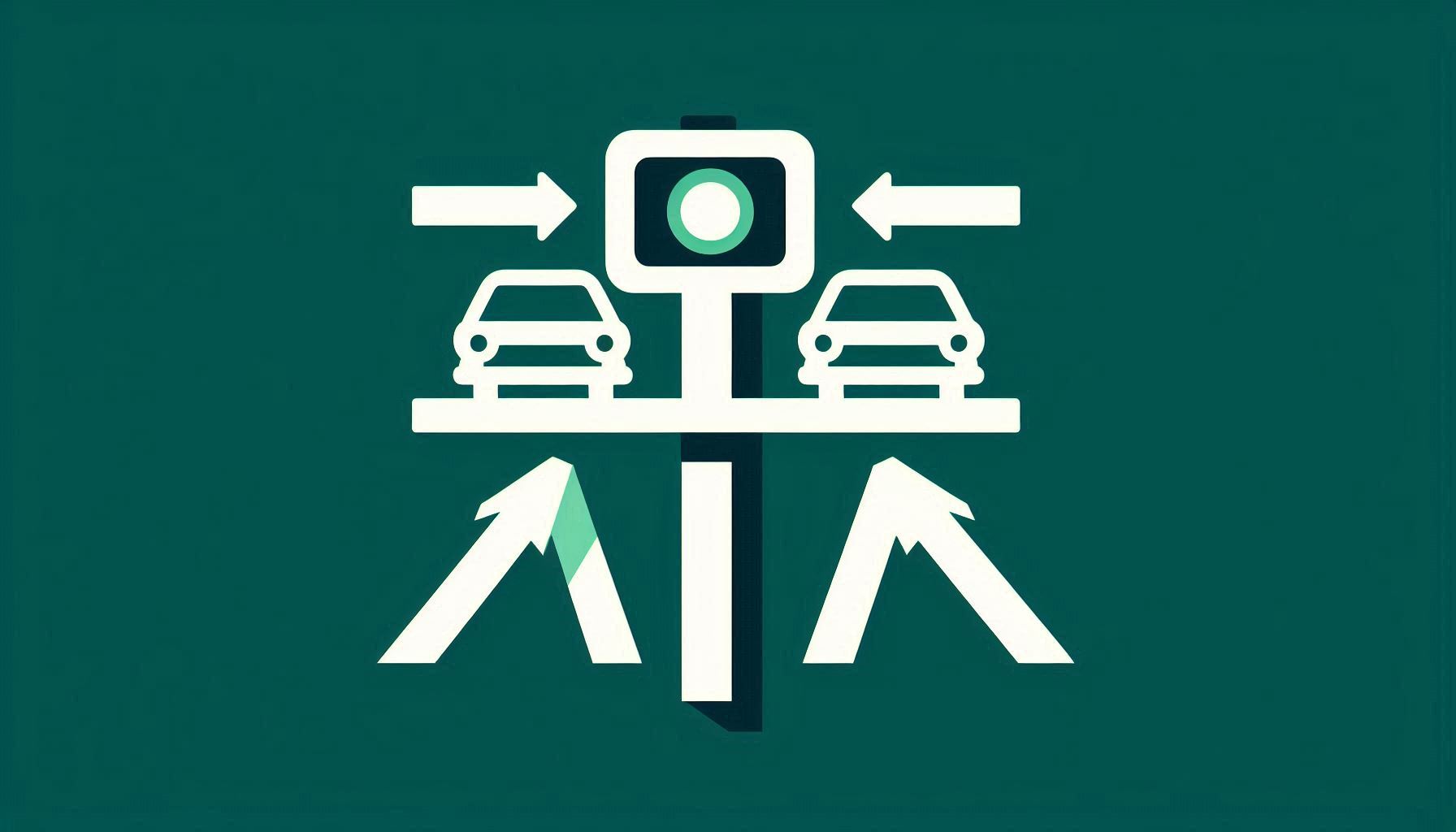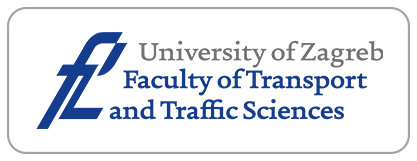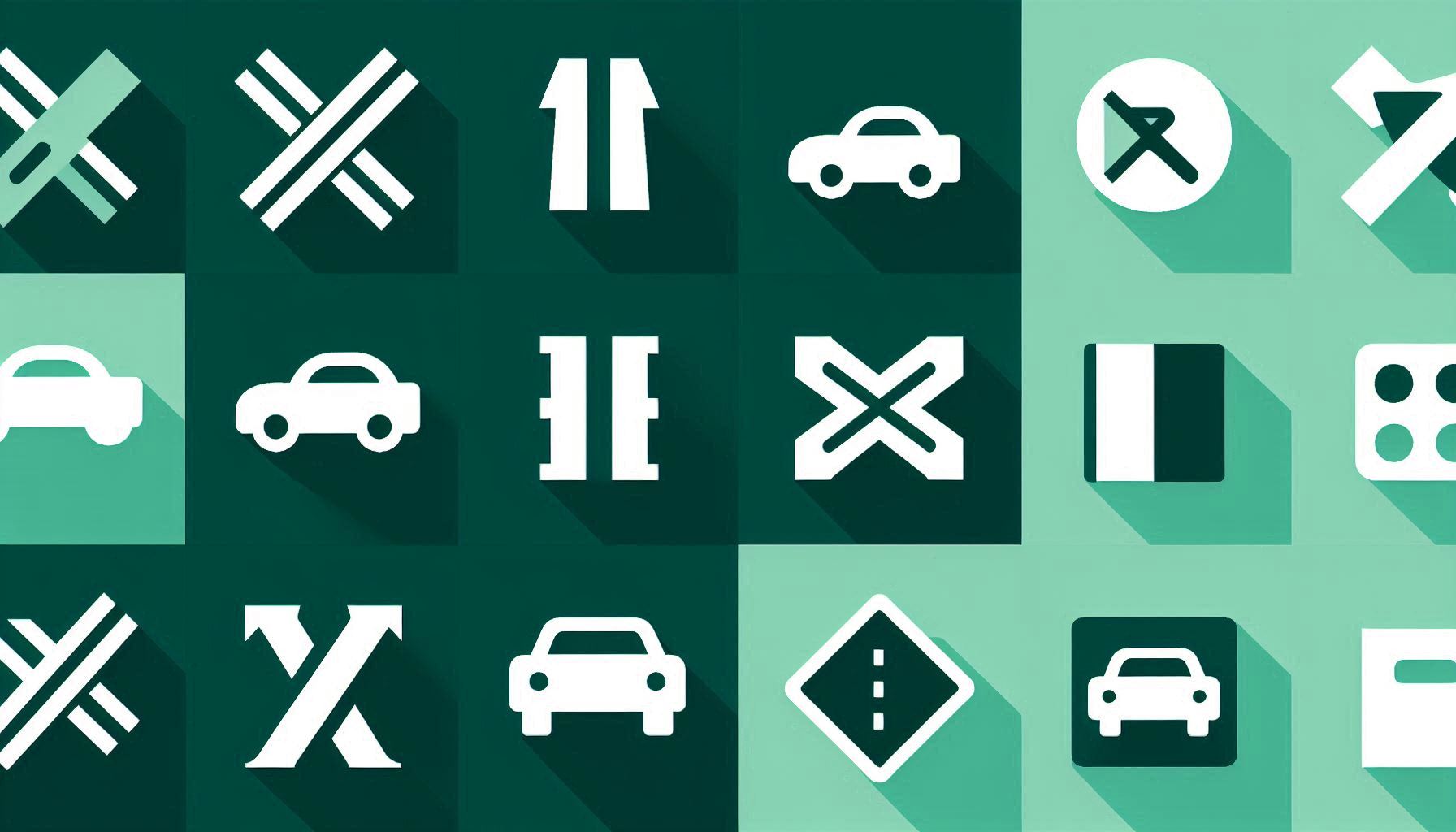Capacity of Freeway Merge Areas with Different On-Ramp Traffic Flow

Downloads
Downloads
Michael RM, Neil JP, Robert ES, editors. Highway Capacity Manual 2010. Washington,DC: Transportation Research Board of National Academies; 2010.
Persaud B, Yagar S, Tsui D, Look H. Breakdown-related capacity for freeway with ramp metering. Transportation Research Record: Journal of the Transportation Research Board. 2001;1748(1):110-115.
Srivastava A, Geroliminis N. Empirical observations of capacity drop in freeway merges with ramp control and integration in a first-order model. Transportation Research Part C: Emerging Technologies. 2013;30:161-177.
Zhang GH, Wang YH. Optimizing Coordinated Ramp Metering: A Preemptive Hierarchical Control Approach. Computer-Aided Civil and Infrastructure Engineering. 2013;28(1):22-37.
Al-Obaedi J, Yousif S. Microsimulation Model for Motorway Merges with Ramp-Metering Controls. Intelligent Transportation Systems, IEEE Transactions on. 2012;13(1):296-306.
Albanese M, Camus R, Longo G. Capacity and queue modeling for on-ramp-freeway junctions. Transportation Research Record: Journal of the Transportation Research Board. 2003;1852(1):256-264.
Tian ZZ, Wu N. Probability of Capacity Enhancement and Disruption for Freeway Ramp Controls Analysis by Gap-Acceptance and Queuing Models. Transportation Research Record: Journal of the Transportation Research Board. 2012;2278(1):1-12.
Qiu F, Li WQ, Zhang J, Zhang XC, Xie QF. Exploring suitable traffic conditions for intermittent bus lanes. Journal of Advanced Transportation. 2014. Available from: http://dx.doi.org/10.1002/atr.1265.
Qiu F, Li WQ, Jia XH. Layout length of mixed-traffic bus approach [In Chinese]. Journal of Southeast university (Natural Science Edition). 2011;5:1104-1108.
Xin W, Michalopoulos PG, Hourdakis J, Lau D. Minnesota’s new ramp control strategy: design overview and preliminary assessment. Transportation Research Record: Journal of the Transportation Research Board. 2004;1867(1):69-79.
Dahl J, Lee C. Empirical Estimation of Capacity for Roundabouts Using Adjusted Gap-Acceptance Parameters for Trucks. Transportation Research Record: Journal of the Transportation Research Board. 2012;2312(1):34-45.
Wu JC, Jin X, Horowitz AJ. Methodologies for Estimating Vehicle Queue Length at Metered On-Ramps. Transportation Research Record: Journal of the Transportation Research Board. 2008;2047(1):75-82.
Hunt M, Harper DN, Lie C. Mind the gap: Training road users to use speed and distance when making gap-acceptance decisions. Accident Analysis & Prevention. 2011;43(6):2015-2023.
Bhouri N, Kauppila J. Managing Highways for Better Reliability. Transportation Research Record: Journal of the Transportation Research Board. 2011;2229(1):1-7.
Lee G. Modeling gap-acceptance at freeway merges [PhD thesis]. Massachusetts Institute of Technology; 2006[cited 2013 Dec 25]. Available from: Massachusetts Institute of Technology Library E-Reserve.
Daamen W, Loot M, Hoogendoorn SP. Empirical Analysis of Merging Behavior at Freeway On-Ramp. Transportation Research Record: Journal of the Transportation Research Board. 2010;2188(1):108-118.
Kondyli A, Elefteriadou L. Driver Behaviour at Freeway-Ramp Merging Areas. Transportation Research Record: Journal of the Transportation Research Board. 2009;2124(1):157-166.
Kou C, Machemehl RB. Modeling vehicle acceleration deceleration behaviour during merge maneuvers. Canadian journal of civil engineering. 1997;24(3):350-358.
Wu J, Mcdonald M, Chatterjee K. A detailed evaluation of ramp metering impacts on driver behavior. Transportation Research Part F: Traffic Psychology and Behaviour. 2007;10(1):61-75.
Kondyli A, Elefteriadou L. Modeling Driver Behavior at Freeway-Ramp Merges. Transportation Research Record: Journal of the Transportation Research Board. 2011;2249(1):29-37.
Brilon W, Koenig R, Troutbeck RJ. Useful estimation procedures for critical gaps. Transportation Research Part A: Policy and Practice. 1999;33(3):161-186.
Ulerio JM, Roess RP, Lee JW. Comparative analysis of FRESIM and 1994 Highway Capacity Manual models for ramp junctions with an independent data base. Transportation Research Record: Journal of the Transportation Research Board. 1997;1572(1):43-50.
Sarvi M, Kuwahara M. Microsimulation of freeway ramp merging processes under congested traffic conditions. Intelligent Transportation Systems, IEEE Transactions on. 2007;8(3):470-479.
Elefteriadou L, Fang C, Roess R, Prassas E. Methodology for evaluating the operational performance of interchange ramp terminals. Transportation Research Record: Journal of the Transportation Research Board. 2005;1920(1):13-24.




















